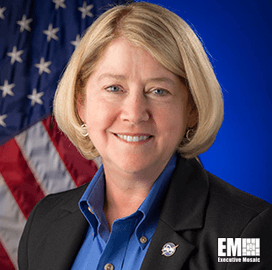The CSC 2.0 project has released its report for 2024 detailing the progress being made by the government in implementing the recommendations of the original Cyberspace Solarium Commission on putting into effect a layered cyber deterrence strategy.
CSC 2.0 said Thursday that of the 82 original recommendations, 80 percent are either nearly or fully implemented, an accomplishment reached through legislation, policy or other innovative means.
The reported achievements of the executive branch include the White House’s issuance of a new national security memorandum on critical infrastructure and resilience, the Office of the National Cyber Director’s having completed 33 of the 36 initial initiatives for the implementation of the National Cybersecurity Strategy and the Cybersecurity and Infrastructure Security Agency’s having been appointed as the national coordinator for critical infrastructure security and resilience.
For its part, the ostensible achievements of Congress include the passage of the Cyber Incident Reporting for Critical Infrastructure Act of 2022, which calls on CI entities to report cyber incidents to CISA; and the provision of funds to CISA and the ONCD through the fiscal year 2024 omnibus spending bill.
CSC 2.0 nevertheless noted that more work remains to be done, especially in light of increasing threats from nation-state adversaries and criminal organizations.












